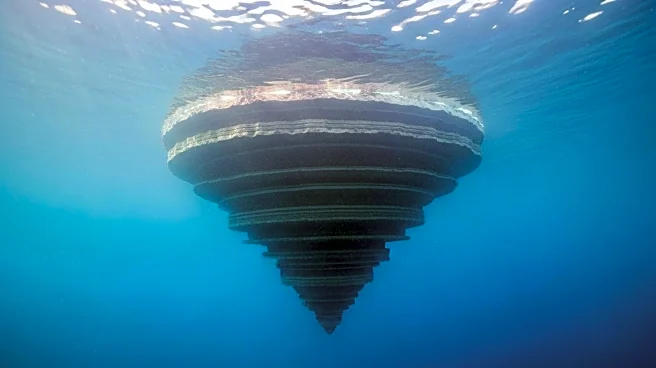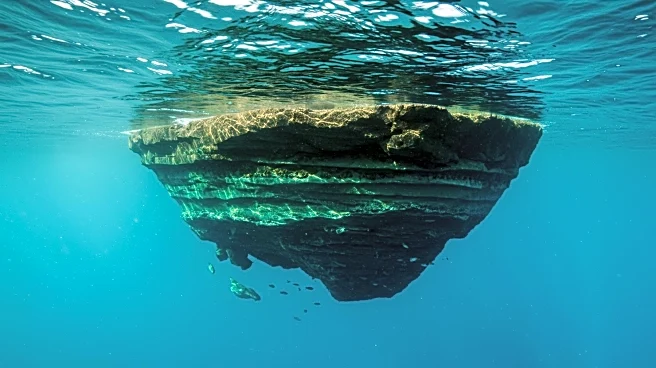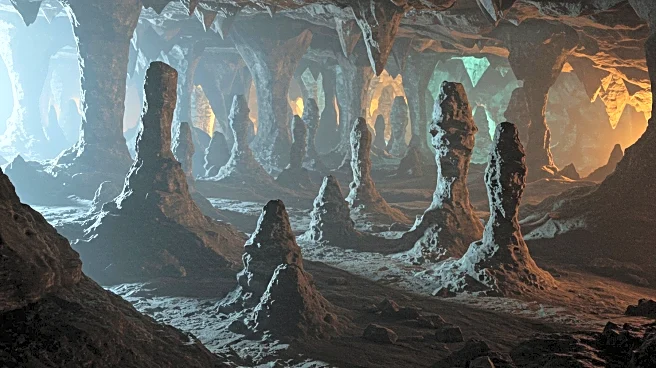Rapid Read • 5 min read
Researchers have discovered giant sand mounds, known as 'sinkites,' beneath the North Sea that challenge traditional geological principles. These sinkites represent the largest known stratigraphic inversion, where younger sediments lie above older ones. The study suggests that sinkites formed due to earthquakes or changes in underground pressure during the Late Miocene to Pliocene epochs. This geological phenomenon could significantly impact carbon storage projects and our understanding of subsurface fluid dynamics.
AD
The discovery of sinkites has implications for carbon capture and storage strategies, as understanding sediment dynamics is crucial for assessing underground reservoirs and fluid migration. The findings challenge conventional geological understanding and highlight the need for further research into sedimentary processes. This research could lead to advancements in predicting locations of trapped oil and gas and improving the safety of carbon storage projects.
AD
More Stories You Might Enjoy











